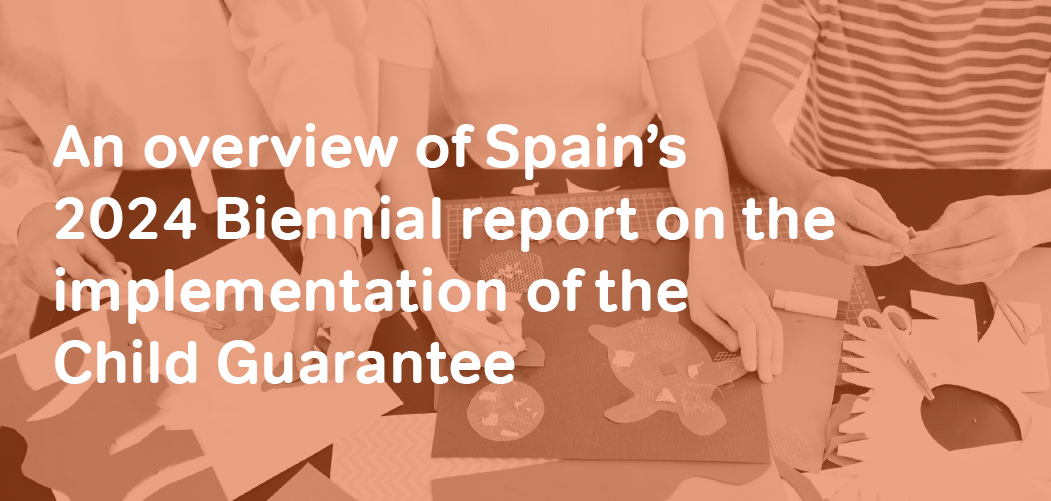Eradicating child poverty in Europe
Eurochild’s vision for the upcoming EU Anti-Poverty Strategy.
Despite the commitments made under the European Pillar of Social Rights Action Plan, the EU is not on track to meet its 2030 target of reducing by at least 5 million the number of children at risk of poverty or social exclusion. On the contrary, the number of children affected has risen to 19.5 million, with 24.2% of children living in poverty and social exclusion in 2024.
Poverty and social exclusion among children are more prevalent than in the general population, which stood at 21% in 2024. Poverty is not only a socio-economic condition but a denial of choice and opportunity. It deprives children of access to essential services and participation in society, leading to long-term impacts on their physical, mental, and emotional development. Ensuring access to services and a life without poverty is not charity – it is a precondition for the enjoyment of a wide range of children’s rights, as recognised under the UN Convention on the Rights of the Child.
All over Europe, children belonging to vulnerable groups, including those with migrant backgrounds and ethnic minority origin, children living in single-parent families, from large or disadvantaged families, and children with disabilities, are overrepresented among those living in poverty. While poverty is often the result of structural discrimination, people are also frequently discriminated against for being poor.
Recommendations
- Recognise poverty as a societal problem and a political choice
- Shift from poverty reduction to poverty eradication
- Embed children’s rights
- Support the strengthening of the European Child Guarantee
- Ensure an intersectional approach
- Extend to the EU enlargement countries
Developing and monitoring the Anti-Poverty Strategy
- Secure adequate funding
- Ensure the meaningful participation of people experiencing poverty including children
- Involve civil society organisations
- Require European governments to adopt National Anti-Poverty Strategies
- Strengthen monitoring and accountability mechanisms





